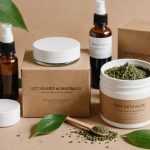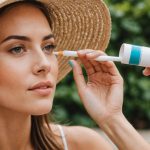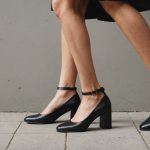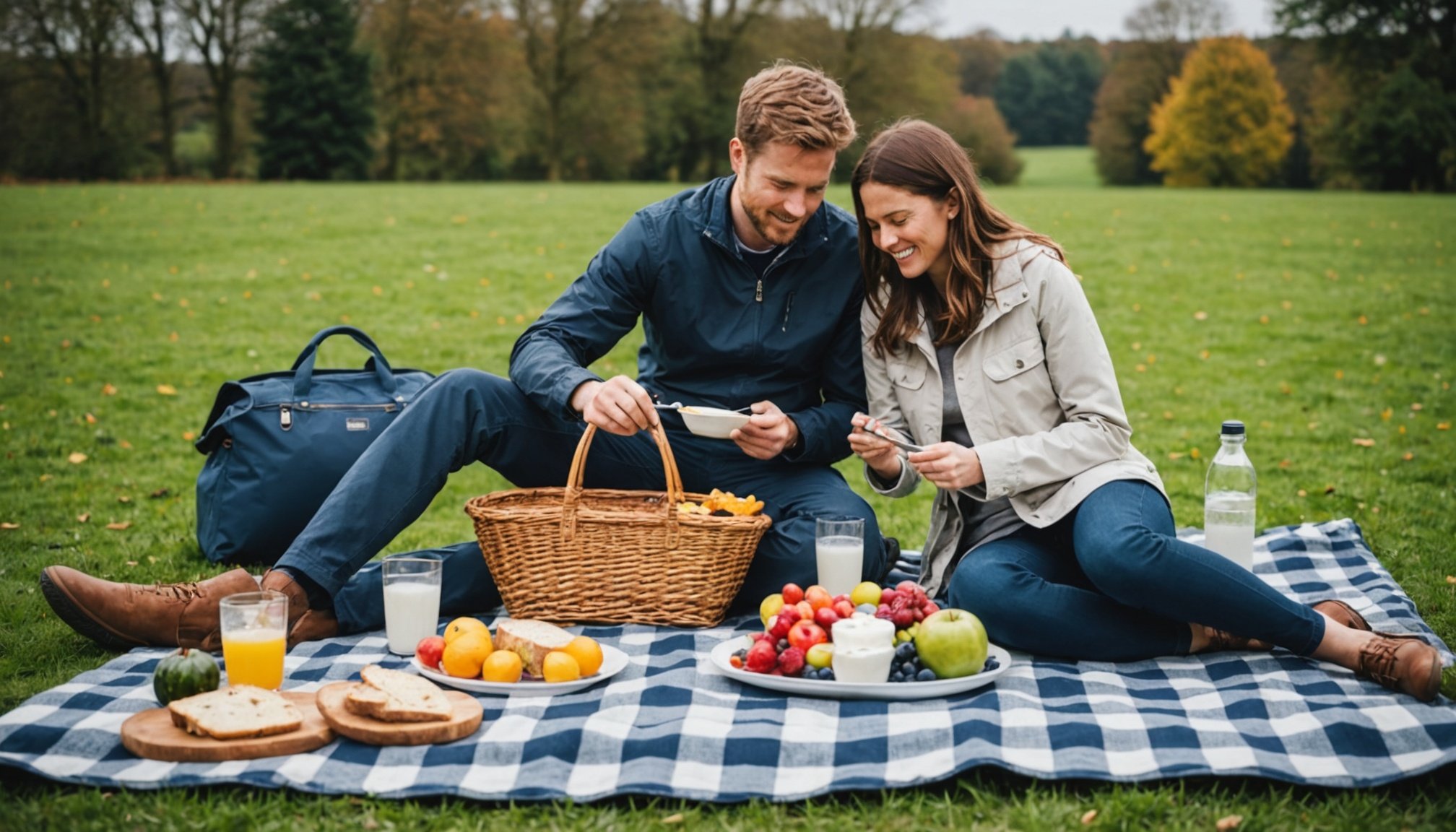Understanding British Weather Conditions
British weather is renowned for its unpredictability, posing unique climate challenges. The weather variations feature a constant interplay between rain, humidity, and temperature fluctuations, which significantly impact outdoor activities. Understanding these British weather patterns is crucial for anyone planning to spend time outside, especially when choosing suitable outdoor gear.
Rain is frequent, making it essential to select waterproof equipment, but the humidity can also be equally impactful, as it affects the longevity and comfort of the materials used. Temperature variations add another layer of complexity, as warmer days can suddenly turn chilly with little warning. Therefore, fabrics that can adapt to these changes by providing breathability and insulation are highly recommended.
Selecting appropriate materials for these varying conditions ensures lasting performance and comfort. For those engaging in outdoor activities or events, fabrics that efficiently handle moisture and maintain a pleasant temperature become a necessity. This necessity gives rise to using specific materials that cater to such an environment. Each fabric’s ability to withstand these conditions defines its effectiveness, making informed material choices vital for enjoying the unpredictable nature of British weather without inconvenience.
Types of Waterproof Fabrics
Choosing the right waterproof fabric types is essential for tackling the unpredictable British weather. Fabrics fall into various fabric categories, each with unique strengths and characteristics. Understanding these distinctions helps in making informed decisions for outdoor gear.
Natural Fibers
Natural fibers such as wool and cotton are often utilized in outdoor fabric categories. Wool provides excellent insulation and breathability, making it suited for both rain and humidity. However, cotton typically requires an additional waterproofing treatment to effectively repel water, as it tends to absorb moisture quickly.
Synthetic Materials
Synthetic fabrics like polyester and nylon are popular for their durability and resistance to the elements. Polyester is lightweight and dries swiftly, ensuring comfort in varying conditions. On the downside, some synthetics may lack breathability, leading to discomfort in humid conditions, despite being waterproof. This trade-off is crucial when making material comparisons for outdoor use.
Hybrid Fabrics
Hybrid fabrics combine the best of both natural and synthetic materials, offering enhanced performance. These fabrics are engineered to provide both waterproofing and breathability, tailoring to British weather needs. Hybrid options stand as an appealing choice for superior adaptability, promoting both protection and comfort in unpredictable climates.
Waterproofing Methods
Exploring effective waterproofing techniques can significantly enhance fabric resilience against water ingress. Commonly used methods include applying coatings and using laminates. Coatings, such as polyurethane, are added to fabric surfaces to create water-resistant layers. They provide a thin barrier that repels water while maintaining fabric flexibility.
Laminates involve bonding a waterproof layer, like Gore-Tex, to the fabric’s surface. This method ensures breathability while keeping moisture at bay. However, laminates may add some weight, possibly affecting performance. It is crucial to weigh the pros and cons of each method depending on your specific needs.
Effectiveness and Maintenance
The effectiveness of these waterproofing methods depends on how well they are maintained. Coatings might wear off over time, necessitating reapplication to maintain their water-repellent qualities. Conversely, laminates generally offer longer-lasting protection but require cautious cleaning to prevent delamination.
Proper fabric treatment ensures these waterproofing solutions perform effectively over time. Regular checkups and gentle care practices are essential to maximize the durability of your waterproof blanket. Understanding these methods and their implications can aid in choosing the right fabric treatment to match the unpredictable British weather, offering prolonged protection and comfort.
Insulation Properties of Fabrics
Understanding the insulation characteristics of fabrics plays a pivotal role in ensuring both warmth retention and comfort during British outdoor activities. The varying fabric thickness significantly impacts thermal properties, determining how effectively a fabric can insulate against shifting temperatures.
Insulated Waterproof Fabrics
Insulated waterproof fabrics integrate warmth retention with water resistance, making them ideal for situations where both dry and warm conditions are desired. These fabrics commonly used in picnic blankets often include materials like fleece or insulated polyester, known for their ability to trap heat while offering a waterproof barrier. Their effectiveness can transform the outdoor experience into a comfortable, dry event regardless of the unpredictable weather.
Factors Affecting Insulation
The fabric composition directly affects its thermal properties. For instance, dense weaves provide increased warmth but may lack breathability. It’s crucial to balance insulation and breathability to suit the weather conditions. Recommendations often include synthetic insulations for damp conditions due to their resilience against moisture. Meanwhile, wool offers excellent natural insulation. Considering fabric composition thoughtfully allows for optimal insulation choice, adapting to the specific climate challenges in British regions.
Durability and Longevity
When selecting picnic blankets, fabric durability is paramount. Durability, determined by wear testing and lifespan evaluation, ensures that the blanket can withstand the British weather patterns. Outdoor conditions such as rain and sunlight can degrade fabric, so selecting a material designed to handle such stresses is critical.
Factors contributing to fabric longevity include material quality and construction techniques. For instance, tighter weaves can enhance durability by preventing tears and minimizing wear. Additionally, fabrics treated for UV resistance can prevent sun-related deterioration. Understanding these factors aids in choosing products that promise extended use.
Customer feedback offers insights into the real-world performance of blankets. Many reviews highlight satisfaction with blankets labeled as high-durability, confirming the importance of robust construction. Testing for extended usage showcases which materials consistently maintain their integrity against frequent use and washing.
In conclusion, insights from wear testing, customer reviews, and lifespan evaluations guide informed choices. By prioritizing durable fabrics and understanding these key aspects, consumers can select picnic blankets that not only tackle climate challenges but also remain reliable over time, ensuring comfort and satisfaction in diverse weather conditions.
Care and Maintenance of Waterproof Blankets
Maintaining the effectiveness of your waterproof blankets requires diligent care and precise maintenance procedures. Adhering to recommended fabric care tips will extend their lifespan significantly, ensuring continued protection against unpredictable British weather.
Cleaning Techniques
One of the primary maintenance procedures is a proper cleaning. Using delicate cycles and cold water can prevent damage to fabric integrity. Mild detergents are recommended, as harsh chemicals can deteriorate waterproofing treatments. Avoiding fabric softeners is another vital step, as they can reduce water repellency. Common mistakes when washing include using high temperatures and aggressive spin settings, which can weaken fabric bonds.
Storing and Prolonging Lifespan
For storage, it’s crucial to ensure blankets are completely dry before folding. This prevents mould growth and maintains fabric health. Store in a cool, dry place to avoid moisture buildup. Avoid prolonged exposure to direct sunlight, which can fade and weaken fabric over time. By following these maintenance procedures, you can keep your waterproof blanket in prime condition, ready for any outdoor adventure, whilst combating the climate challenges posed by British weather.
Types of Waterproof Fabrics
Waterproof fabric types are crucial for navigating British weather patterns effectively. There are distinct fabric categories to consider, each with unique attributes contributing to their function and material comparisons essential for selecting the right outdoor gear.
Natural Fibers
Natural fibers are notable for their sustainable nature and comfort in outdoor gear. Wool, a commonly utilised natural fiber, offers insulation and breathability. It effectively controls temperature, providing warmth even when wet, which is invaluable in unpredictable climates. Cotton, on the other hand, is breathable but requires additional waterproofing to repel moisture effectively, as its tendency to absorb water could be a disadvantage.
Synthetic Materials
Synthetic fabrics, such as polyester and nylon, are favoured for their durability and resistance to the elements. Polyester is light and quick-drying, providing ease of use in varying conditions. However, some synthetic materials might lack breathability, a crucial component when navigating humid environments despite their waterproof qualities. This prompts careful consideration in material comparisons.
Hybrid Fabrics
Hybrid fabrics creatively combine natural and synthetic elements, enhancing performance by integrating waterproofing with breathability. They cater adeptly to the British climate, offering protection and comfort in unpredictable weather. This combination effectively balances the strengths of both fabric types.
Recommendations and Reviews
When navigating British weather patterns, choosing a picnic blanket that aligns with climate challenges is crucial. Consumer reviews highlight options that tackle rain, humidity, and temperature fluctuations efficiently. Through wear testing and lifespan evaluation, certain products stand out in both durability and satisfaction.
Top-rated Waterproof Picnic Blankets
- Sustainable Choice: Blankets made from mixed materials offer balance, blending natural fibers for comfort and synthetic layers for waterproof capabilities.
- Ultimate Outdoor Gear: Many consumers favour hybrid fabrics that handle diverse weather with ease, ensuring continued protection over time.
- Value for Money: Affordability coupled with quality ensures your selection provides prolonged use against British weather conditions.
Review Highlights
The consensus in consumer reviews praises the durability and versatility of hybrid blankets, often pointing out their exceptional warmth retention. Products marked as high-durability reinforce consumer trust, confirmed through extensive feedback.
Comparison of Features and Prices
A quick look at features versus cost reveals that the ideal picnic blanket caters to specific fabric categories, ensuring all material comparisons meet outdoor needs. With positive customer feedback and expert evaluations, informed decisions lead to selecting the best investment for unpredictable British climates.











